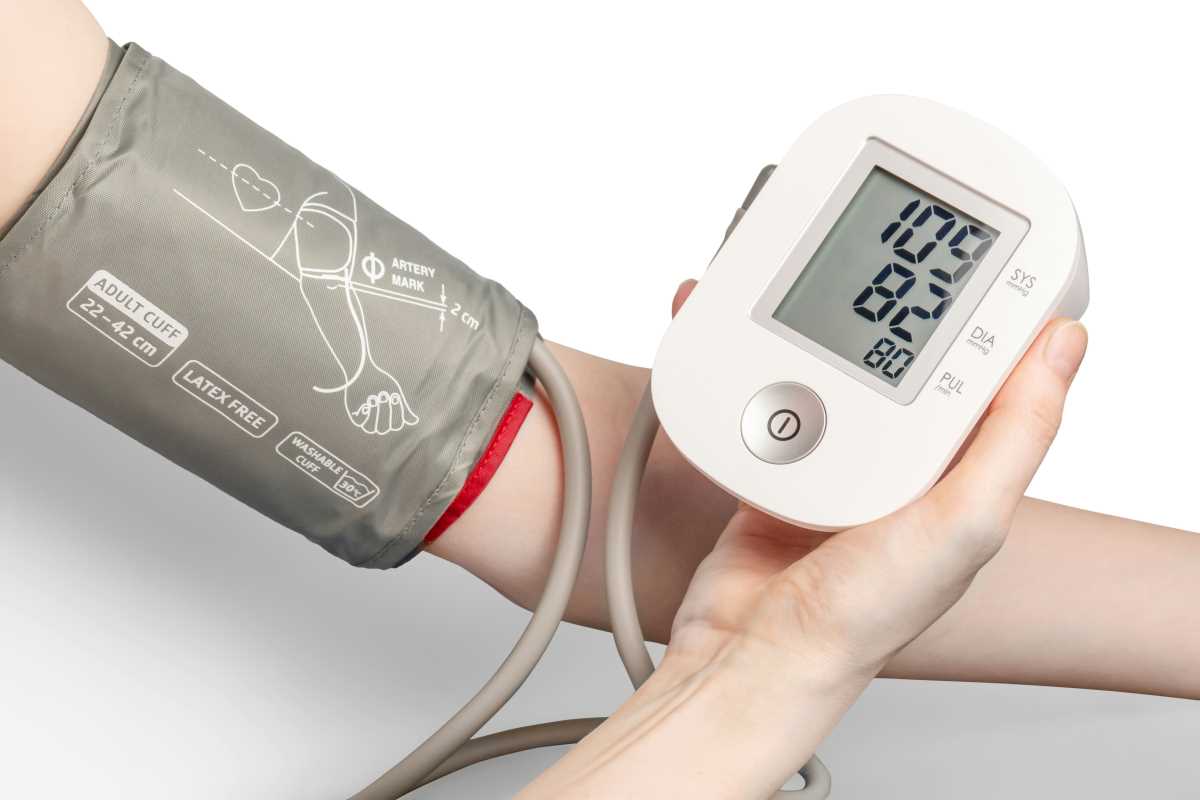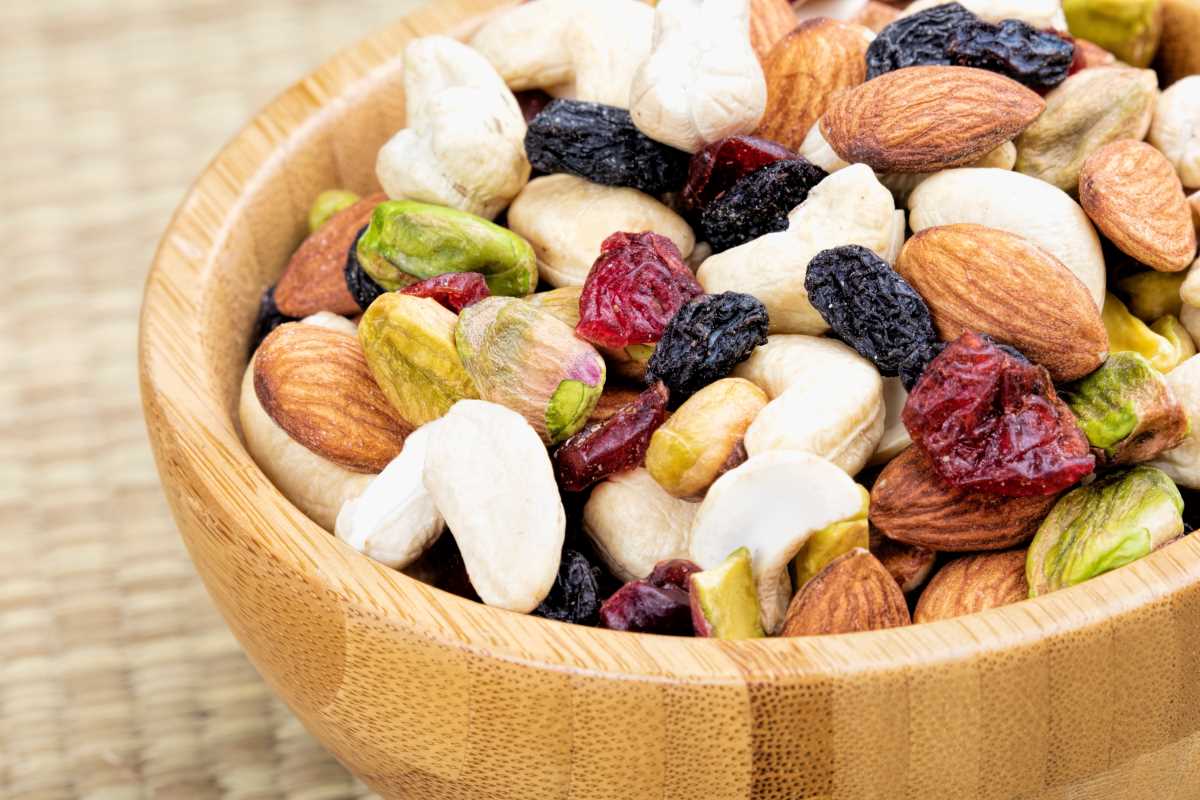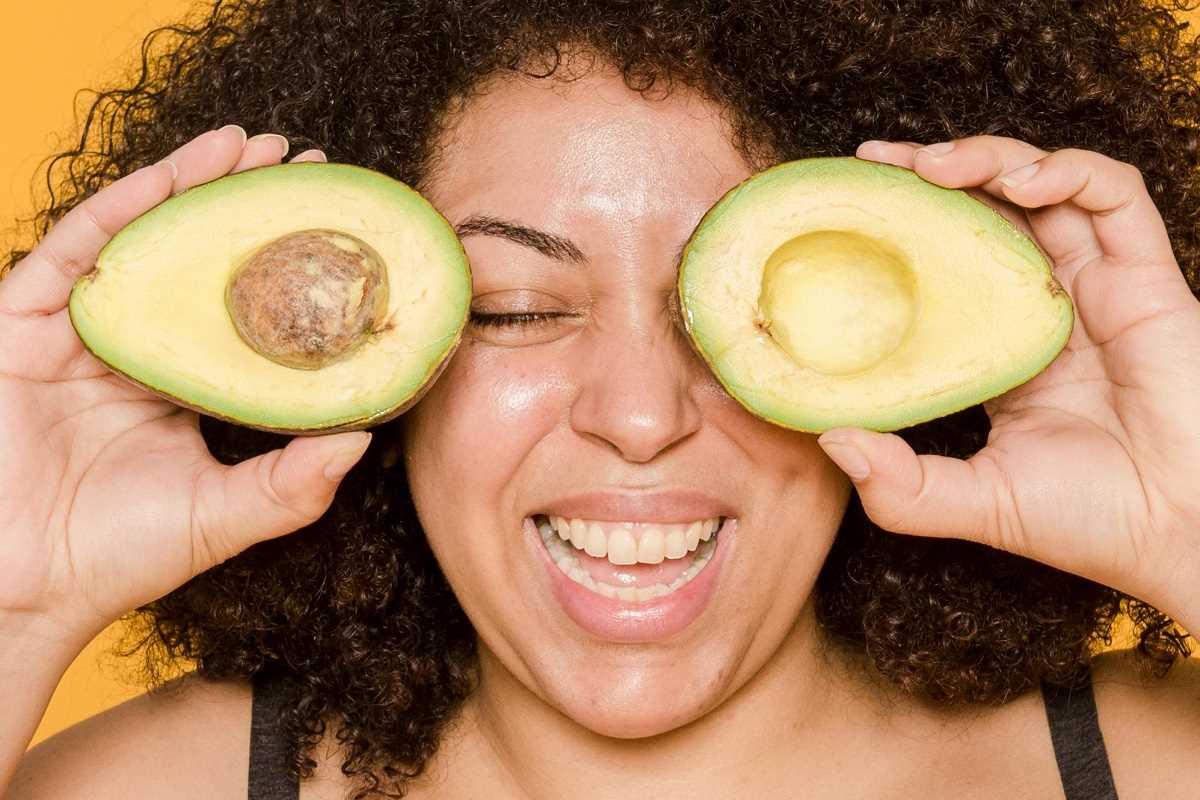High blood pressure affects about 1 in 3 adults in the United States, and if you're living solo, managing it might feel like a challenge. The good news? Making small changes to your diet—especially cutting back on sodium—can make a real difference. Let's break down everything you need to know about managing high blood pressure through smart food choices.
Why Does Sodium Mess with Your Blood Pressure?
Think of your blood vessels like garden hoses. When you eat too much sodium (salt), your body holds onto extra water to dilute it. This extra fluid increases the volume of blood flowing through your "hoses," which creates more pressure against the walls. Over time, this extra pressure can damage your blood vessels and make your heart work harder than it should.
Your kidneys play a big role here too. They're like your body's water filter, but when there's too much sodium floating around, they can't keep up with removing the excess fluid. The result? Higher blood pressure that puts stress on your entire cardiovascular system.
Spotting the Sodium Sneaks
Here's the tricky part—most of the sodium in our diets doesn't come from the salt shaker. About 70% comes from processed and restaurant foods. As a single person, you might rely on these convenient options more than you realize.
High-Sodium Culprits to Watch For:
Frozen meals and convenience foods: That microwave dinner might seem perfect for one, but it often packs 800-1,500mg of sodium (half your daily limit!)
Canned soups: A single can can contain your entire day's worth of sodium
Deli meats and cheese: Your turkey sandwich could be delivering 1,000mg of sodium without you knowing it
Restaurant meals: Even seemingly healthy options like salads can be loaded with sodium from dressings and toppings
Bread and baked goods: These add up quickly throughout the day
Condiments and sauces: Soy sauce, ketchup, and salad dressings are sodium bombs
Smart Shopping for One
Shopping for yourself gives you complete control over what goes in your cart. Here's how to make it count:
Read Labels Like a Pro
Look for foods with less than 140mg of sodium per serving—these are considered "low sodium." Anything over 400mg per serving is high sodium and should be occasional treats, not daily staples.
Choose Fresh Over Processed
Fresh fruits, vegetables, lean meats, and whole grains are naturally low in sodium. Yes, they require more prep time, but batch cooking can make this easier.
Stock Smart Staples
Keep these low-sodium essentials on hand:
- Fresh or frozen vegetables (without sauce)
- Brown rice, quinoa, and whole grain pasta
- Fresh herbs and spices
- Unsalted nuts and seeds
- Fresh lean proteins like chicken, fish, and turkey
Cooking Hacks for Flavor Without the Salt
Eating low-sodium doesn't mean eating bland food. Here are some game-changing tips for cooking solo:
Spice It Up
Build a spice collection that makes salt unnecessary:
- Garlic powder (not garlic salt)
- Onion powder
- Paprika, cumin, and chili powder
- Fresh herbs like basil, cilantro, and parsley
- Black pepper, cayenne, and red pepper flakes
Acid is Your Friend
Lemon juice, lime juice, and vinegar can brighten flavors and make you forget about salt. Try:
- Lemon juice on vegetables and fish
- Balsamic vinegar on salads and roasted vegetables
- Lime juice in soups and on Mexican-inspired dishes
Batch Cook Smart
Make large portions of low-sodium staples you can use throughout the week:
- Cook a big batch of brown rice or quinoa
- Roast a sheet pan of vegetables with olive oil and herbs
- Prepare proteins like grilled chicken or baked fish in bulk
Meal Ideas That Actually Taste Good
Breakfast
- Oatmeal with fresh berries and cinnamon (skip the instant packets)
- Scrambled eggs with fresh vegetables and herbs
- Greek yogurt with unsalted nuts and fruit
Lunch
- Salad with olive oil and lemon dressing instead of bottled dressing
- Homemade soup using low-sodium broth
- Whole grain wrap with fresh vegetables and unseasoned protein
Dinner
- Baked salmon with herbs and roasted vegetables
- Stir-fry with fresh vegetables and brown rice (use low-sodium soy sauce sparingly)
- Whole grain pasta with homemade tomato sauce (canned sauce is often high in sodium)
Dining Out Without Derailing Your Progress
Single people often eat out more frequently, but you can still make smart choices:
- Ask for dressing and sauces on the side
- Choose grilled, baked, or roasted options over fried
- Request no added salt during cooking
- Opt for fresh fruit instead of processed desserts
- Consider eating half and saving the rest for tomorrow
The 2,300mg Daily Goal
The American Heart Association recommends limiting sodium to 2,300mg per day, with an ideal limit of 1,500mg for people with high blood pressure. To put this in perspective, one teaspoon of salt contains about 2,300mg of sodium.
Track your intake for a few days using a food app. You might be surprised by how quickly it adds up.
Making It Sustainable
The key to success is making gradual changes that stick. Don't try to overhaul your entire diet overnight. Instead:
- Start by cutting sodium in half for one week
- Replace one high-sodium food with a fresh alternative each week
- Experiment with one new herb or spice weekly
- Focus on cooking one more meal at home per week
Reducing sodium intake can lower blood pressure in as little as a few weeks. Combined with other healthy habits like regular exercise and stress management, dietary changes can significantly impact your cardiovascular health.
 (Image via
(Image via





